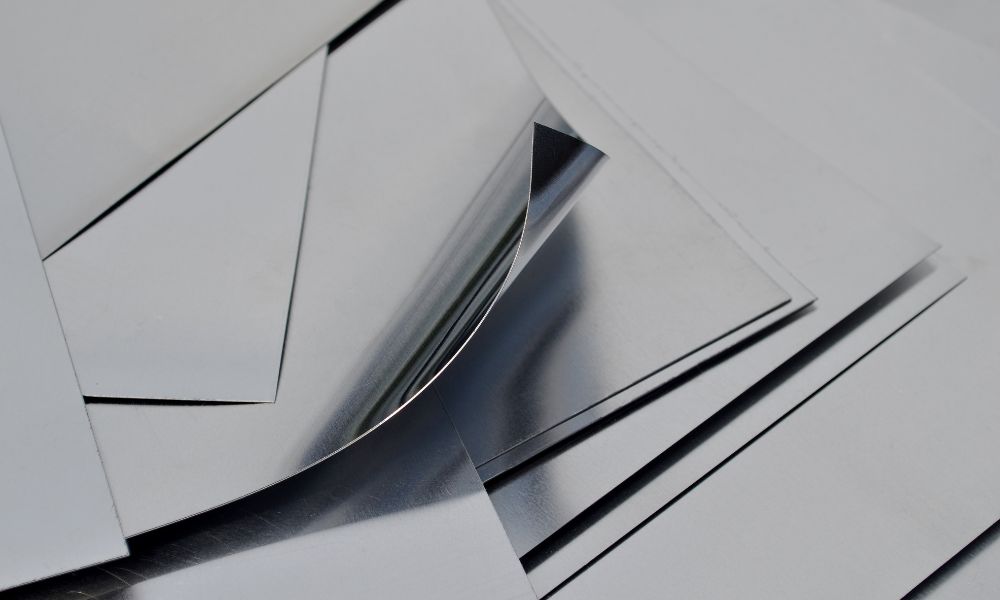The Differences Between Alloys and Pure Metals

Many people argue whether pure metal or metal alloys are better for a given use. But after highlighting the differences between alloys and pure metals, you’ll see why metal alloys provide several advantages over pure metals.
Chemistry
You can trace the distinction between metals and alloys back to the elements that compose them. All the atoms in a pure metal are the same. For instance, chromium is a pure metal since it’s on the periodic table. In contrast, atoms of various elements mesh to form an alloy. Stainless steel, for instance, combines chromium, iron, and carbon.
Strength
Alloys are composites of many metals, each contributing desirable features while canceling out the negative features of others. By doing so, an alloy has superior strength compared with the original metals.
Since pure metals can weaken, alloying is beneficial to generate a harder metal complex. Unlike pure metal, which consists of identical atoms, metal alloys include various elements. Alloys of metals are often significantly stronger and harder than pure metals because of their tightly packed atoms.
Gold is a prime example of this. In its purest form, gold is a surprisingly malleable and pliable metal. But you can blend gold with zinc, copper, or silver to create beautiful, durable alloy jewelry.
Heat-Resistance
Alloys have a variety of melting points due to the combination of metals they contain and their respective melting points. When you combine metals, the melting point can increase, even if one metal melts at a relatively low temperature. This has enormous practical value for industrial applications like aircraft engines, where temperatures may reach very high levels.
Stimuli Response
Adding alloying elements to pure metals like iron is a major benefit because of how fast and powerfully they respond to external stimuli. Pure metals may rust, oxidize, or corrode over time due to environmental factors like oxygen and water. Alloys, on the other hand, are mixtures of less reactive metals that extend the life of the material they form. For example, the chromium in stainless steel makes it resistant to corrosion.
Understanding the differences between alloys and pure metals indicates why alloy is a great resource. Since 1976, Thin Metal Sales has provided customers with high-quality, thin-gauge sheet metals.
We are proud to be the best aluminum sheet metal manufacturer for any width and length. We also work with stainless steel, carbon steel, copper, and brass. You can trust the sheet metal you purchase from Thin Metal Sales is of the highest quality and has been properly cut to meet your needs.


